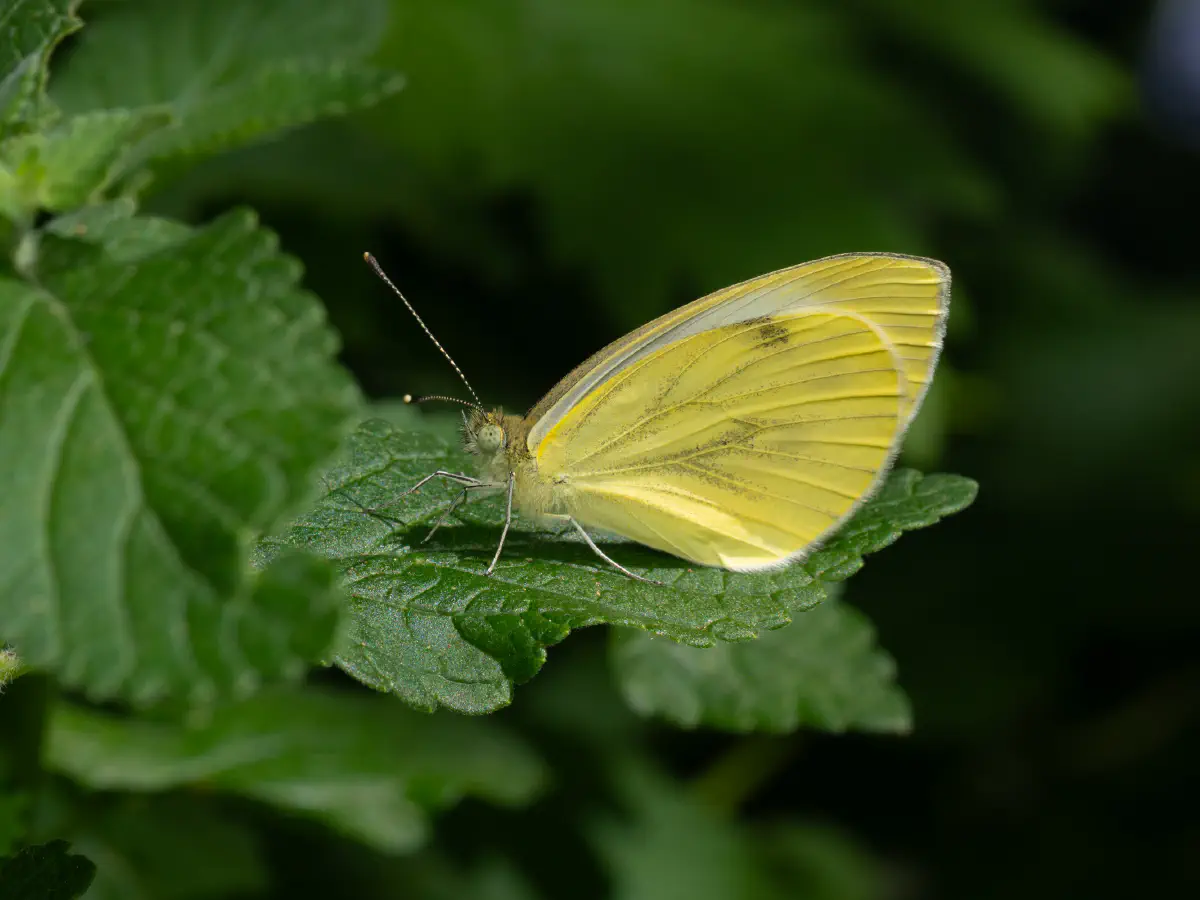Asher, Jim et al. The Millennium Atlas of Butterflies of Britain and Ireland Oxford university Press
Bowden, S. R.; & Riley, Norman Denbigh (1967): The type-material of Pieris napi pseudorapae Verity. Redia 50, pp. [379-380]
Bowden, S. R. (Aug 68) Pieris napi in Calabria. Entomologist 101, pp. [180-190]
Bowden, S. R. (Oct 1970) Polymorphism in Pieris: f. sulphurea in Pieris napi marginalis. Entomologist 103, pp. [241-249]
Bowden, S. R. (1954) Pieris napi L. f. hibernica Schmidt, eine kuenstliche Aberration?
Der gegenwaertige Stand der Frage. Mitt. ent. Ges. Basel (nf)4, pp. [9-15, 17-22]
Bowden, S. R. (1956) Hybrids within the European Pieris napi L. species-group. Proc. Trans. S. Lond. ent. nat. Hist. Soc. 1954–55, pp. [135-159]
Bowden, S. R. (1961) Pieris napi L. ab. sulphurea Schoeyen Entomologist 94, pp. [221-226]
Bowden, S. R. (1962) Übertragung von Pieris napi-Genen auf Pieris bryoniae durch wiederholte Ruckkreuzung. Z. Arbgem. Öst. Ent. 14, pp.
Bowden, S. R. (1966a) Polymorphism in Pieris Entomologist 99,
pp. [174-182]
Bowden, S. R. (1966b) 'Irregular' diapause in Pieris, with a note on Corsican Pieris brassicae L. Proc. Trans. S. Lond. ent. nat. Hist. Soc. 1966, pp. [67-68]
Bowden, S. R. (1966c) Pieris napi in Corsica. Entomologist 99, pp. 57–68
Bowden, S. R. (1970a) What is Pieris dubiosa Warren? Ent. Rec. 82, pp.
Bowden, S. R. (1970b) Pieris napi L.: speciation and subspeciation. Proc. Trans. Br. Entomol. Nat. Hist. Soc.. 3, pp. [63-70]
Bowden, S. R. (1971). "'Pieris napi'
in America: reconnaissance. Proc". Trans. Br. Entomol. Nat. Hist. Soc. 4: 71–77.
Bowden, S. R. (1972) 'Pieris napi' in America: genetic imbalance in hybrids. Proc. Trans. Br. Entomol. Nat. Hist. Soc.. 4, pp. [103-117]
Bowden, S. R. (1975a) Some subspecific and infrasubspecific names in Pieris napi L. Ent. Rec. 87, pp. [153-156]
Bowden, S. R. (1975b) Relation of Pieris melete Menetries to Pieris napi L.: ssp. melete. Proc. Trans. Br. ent. nat. Hist. Soc. 7, pp. [97-102]
Bowden, S.
R. (1979) Subspecific Variation in Butterflies: Adaptation and Dissected Polymorphism in Pieris (Artogeia) (Pieridae). Journal of the Lepidopterists' Society 33(2), pp. [77-111, 40 f
Bowden, S. R. (): Sexual mosaics in Pieris. Lep. News 12(1-2), pp. [7-13, 1 tbl, 1 f]
Bowden, S. R. (): Pieris napi L. (Pieridae) and the Superspecies Concept. Journal of the Lepidopterists' Society 26(3), pp. 170–173
Bowden, S. R. (1985): Taxonomy for a variable butterfly? [Pieris napi]. Ent. Gaz. 36(2), pp. [85-90]
Carter, David,
1993 Farfalle e falene Fabbri Editori
Chew, F.S; Watt, W.B (2006). "The green-veined white (Pieris napiL.), its Pierine relatives, and the systematics dilemmas of divergent character sets (Lepidoptera, Pieridae)" (PDF). Biological Journal of the Linnean Society. 88 (3): 413–435. doi:10.1111/j.1095-8312.2006.00630.x.
Chinery, Michael, 1987 Guida degli insetti d'Europa Franco Muzzio Editore
Chinery, Michael, 1989 Farfalle d'Italia e d'Europa De Agostini/Collins
Chou Io (Ed.) Monographia Rhopalocerum Sinensium, 1–2
Dyar, 1903 A List of North American Lepidoptera and Key to the Literature
of this Order of Insects Bull. U.S. natn. Mus., 52: xix, 723pp
Edwards (1869). "Descriptions of new species of diurnal Lepidoptera found within the United States". Trans. Am. Entomol. Soc. 2: 369–376. doi:10.2307/25076222. JSTOR 25076222.
Eitschberger, 1983 Eitschberger, 1984; Systematische Untersuchungen am Pieris napi-bryoniae-Komplex (s.l.) Herbipoliana 1 (1-2): (1) i-xxii, 1–504, (2) 1–601
Eitschberger (2001). "Eine neue Unterart von Pieris napi (Linnaeus, 1758) vom Polar Ural". Atalanta. 32 (1/2): 85–88.
Fruhstorfer, 1909 Neue palaearktische Pieriden Int. ent. Zs. 3
(16): 88 (17 July)
Hensle, 2001 Zur Frage der subspezifischen Zuordnung von Pieris bryoniae lappona Rangnow, 1935 Atalanta 32 (1/2): 89–95
Hodges, Ronald W. (ed.), 1983 Check List of the Lepidoptera of America North of Mexico
Korshunov, Y.P. and Gorbunov, P.Y., 1995 The Butterflies (Rhopalocera) of the Asian part of Russia'Pensoft Digital version Archived 2007-08-31 at the Wayback Machine in English
Lamas Gerardo, 2004 Atlas of Neotropical Lepidoptera; Checklist: Part 4A; Hesperioidea Papilionoidea
Leraut, Patrice, 1992 Le farfalle nei loro
ambienti Ed. A. Vallardi (ecoguide)
Linnaeus, 1758 Systema Naturae per Regna Tria Naturae, Secundum Classes, Ordines, Genera, Species, cum Characteribus, Differentiis, Symonymis, Locis. Tomis I. 10th Edition Syst. Nat. (Edn 10) 1
Lorkovic, Zdravko (1968). "Karyologischer Beitrag zur Frage der Fortpflanzungs verhaltnisse Sudeuropäischer Taxone von Pieris napi (L.). (Lep. Pieridae)". Biol. Glasn. 21: 95–136.
Mazzei Paolo, Reggianti Diego and Pimpinelli Ilaria Moths and Butterflies of Europe
Pyle, R. M. National Audubon Society: Field Guide to North American Butterflie1981; ISBN
0-394-51914-0
Scott, J. A. 1986 The butterflies of North America: a natural history and field guide. Stanford University Press, Stanford, California
Seppänen, E. J, 1970 Suomen suurperhostoukkien ravintokasvit, Animalia Fennica 14
Tennent, John, 1996 The butterflies of Morocco, Algeria and Tunisia; ISBN 0-906802-05-9
Tuzov, Bogdanov, Devyatkin, Kaabak, Korolev, Murzin, Samodurov, Tarasov, 1997 Guide to the Butterflies of Russia and adjacent territories; Hesperiidae, Papilionidae, Pieridae, Satyridae; Volume 1
Verity, 1908; Verity, [1909]; Verity, 1911; Rhopalocera Palaearctica Iconographie et Description des Papillons
diurnes de la région paléarctique. Papilionidae et Pieridae Rhopalocera Palaearctica 1: 86+368pp, 2+12+72pls
Wynter-Blyth, M. A., 1957 Butterflies of the Indian Region; (1982 Reprint)


